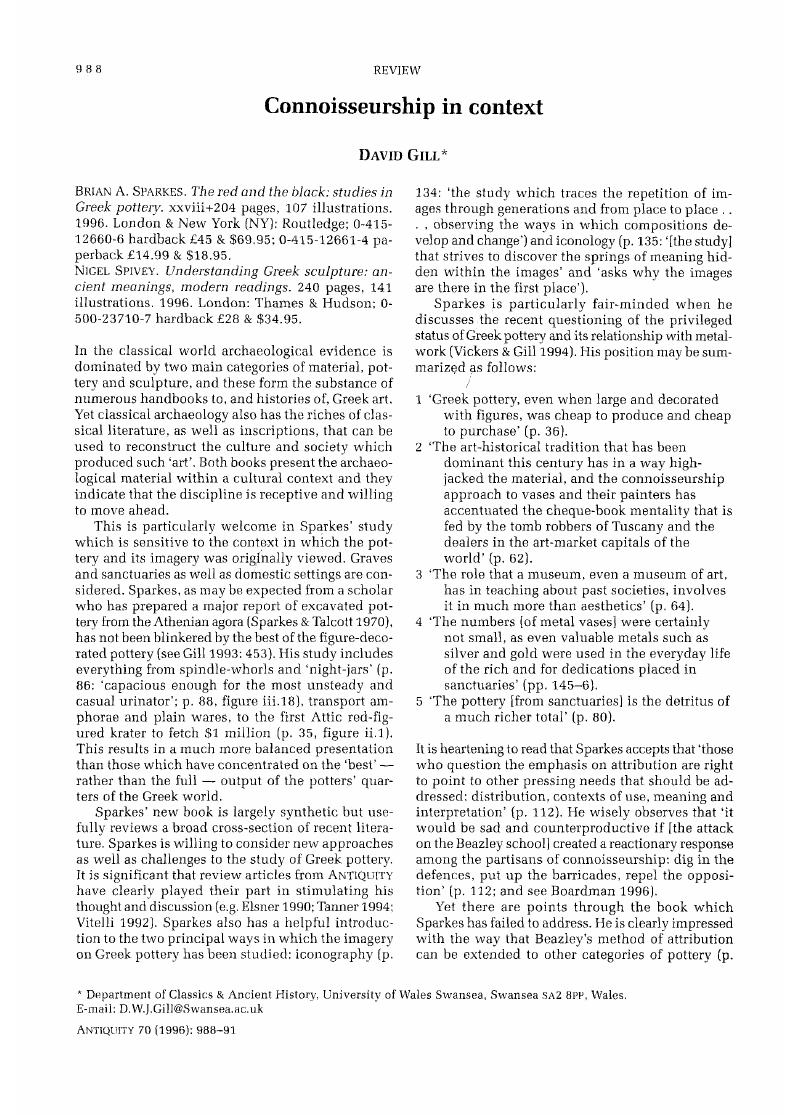Crossref Citations
This article has been cited by the following publications. This list is generated based on data provided by Crossref.
Gill, David W. J.
1998.
A Greek Price Inscription from Euesperides, Cyrenaica.
Libyan Studies,
Vol. 29,
Issue. ,
p.
83.
Bakas, Nikolaos P.
Papadaki, Maria
Vagianou, Evgenia
Christou, Ioannis
and
Chatzichristofis, Savvas A.
2024.
Information Systems.
Vol. 501,
Issue. ,
p.
291.



